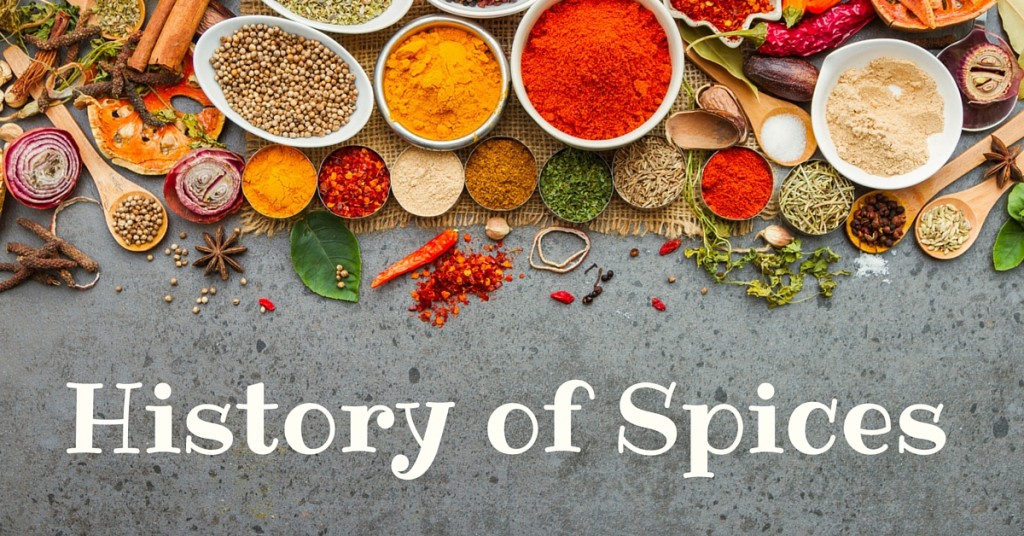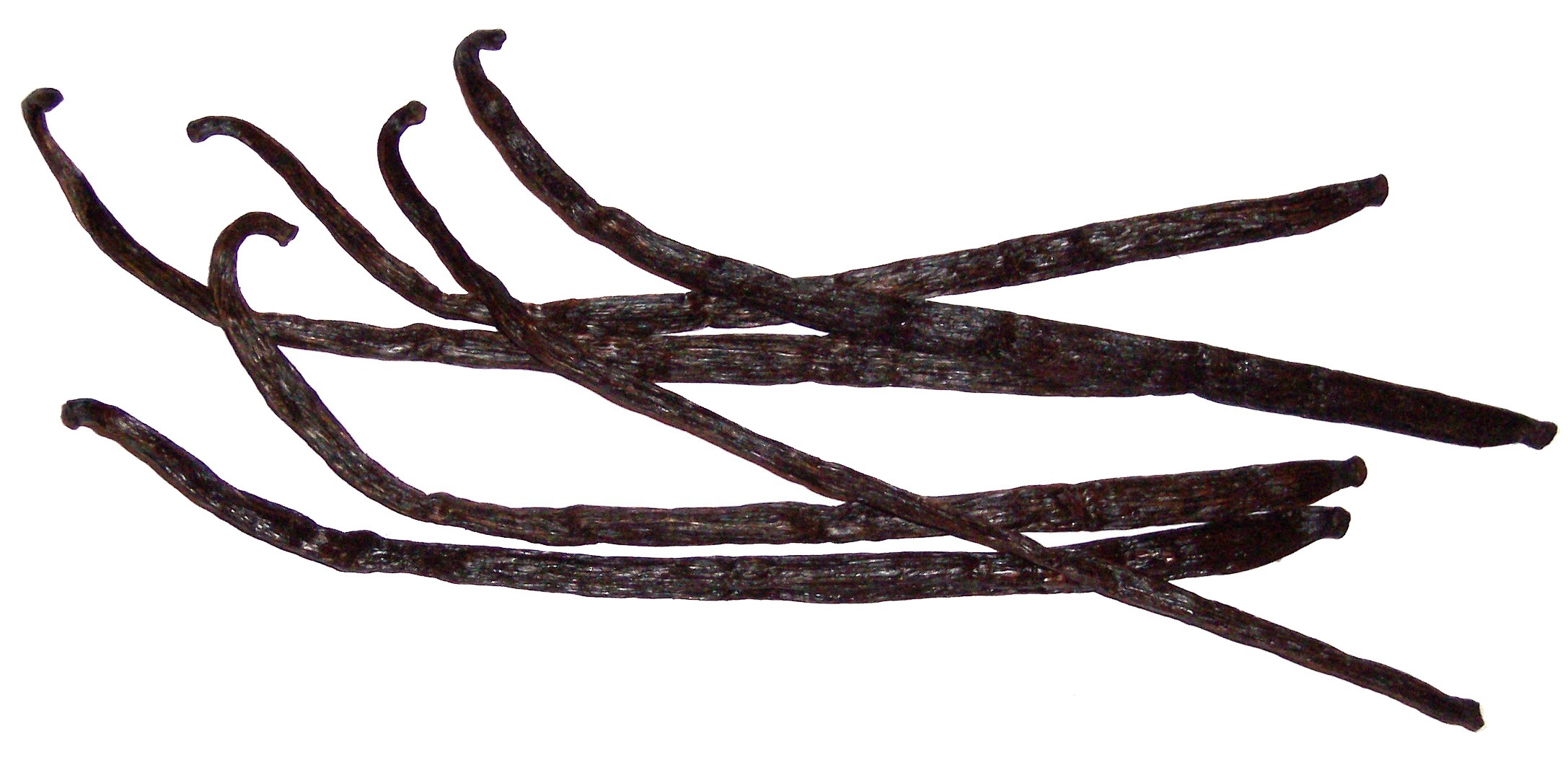In our quest to not cook up a bland book, our seasoned researchers spiced things up with a dash of tasty origins.

ALLSPICE
Allspice grows naturally in the West Indies and Central America, where Spanish explorers discovered it in the 16th century. They thought the shrubby tree’s fruit looked like peppercorns, so they called the plant pimienta, Spanish for “pepper.” But it isn’t pepper—its pungent aroma has been described as a mixture of cloves, cinnamon, nutmeg, and black pepper. For that reason, English traders who brought it back from Spain gave it the name allspice. Fun fact: Seventeenth-century pirates put allspice on meat to preserve it for long sea voyages—a French process known as boucan, which gave the pirates the name boucaniers, or buccaneers. Today, allspice is an ingredient in sausage, pickles, and curry.
ROSEMARY
One legend says that as the Virgin Mary fled King Herod’s soldiers (given orders to kill all first-born babies), a thick bush miraculously parted to allow her to hide behind it. She remained there for several hours. She draped her blue cloak over the bush’s white flowers, and in the morning the flowers had turned blue. The bush became known as “the rose of Mary.” Medieval monasteries, known for herb and plant cultivation, grew the sacred herb for medicinal purposes, to spice food, and to be used as incense at weddings.

VANILLA
Most spices originated in Asia, where they grow wild and have been used for centuries. But vanilla, the bean-like fruit of an orchid, is native to North America. The Aztecs used it to flavor chocolate drinks that Spanish conquistador Hernando Cortés brought back to Europe in the 1500s. Aristocrats and royalty throughout Europe loved the exotic beverage, but it wasn’t until 1602 that vanilla was used without chocolate, when a chemist working for Queen Elizabeth I of England discovered that vanilla made a good flavoring agent by itself.

BASIL
A native of Asia and Africa, basil was sacred in ancient India, and believed to be the disguised form of Lakshmi, wife of the Hindu god Vishnu. Anyone who broke basil twigs was said to have their prayers go unanswered. Leaves, however, were allowed to be plucked and placed on the dead to assure admittance to heaven. Ancient Greeks brought the herb back from Persia and also treated it with reverence. They called it basilikon, which means “royal.” Only kings were permitted to cut basil, and only with a golden sickle. Long used as a cooking ingredient in Asia and the Mediterranean, the sweet herb became popular in western Europe in the 16th century after British explorers brought it back from India.

SESAME SEED
Cultivation of sesame seeds—believed to be one the first crops grown specifically for their taste—dates back at least to 3000 B.C. in India. Egyptians imported it, and the plant flourished in the Middle East, where it inspired the phrase “open sesame,” a magical incantation that opens an entrance in the book 1,001 Nights. Reason: Hundreds of sesame seeds are encased in every pod. When the plant is ripe, the slightest touch causes the pod to explode open. Sesame seeds came to Europe in the first century through the spice trade. The trade route gradually extended into Africa, where, via the 17th-century slave trade, the seeds made their way to the western hemisphere.
FENNEL
Fennel was one of the first herbs to be cultivated in the Western world. It was sacred to ancient Greeks; according to mythology, Prometheus used the stalk of a fennel plant to steal fire from the gods. And in 490 B.C. Athens defeated Persian invaders on a battlefield covered in fennel. The plant was considered such good luck that the adjacent village was named Marathon, meaning “place of fennel.” In ancient Rome, fennel was used for medicinal purposes (Romans thought chewing on it prevented obesity). In medieval times, the herb was hung from the rafters of homes to keep out ghosts and witches, a practice that may have sprung from fennel’s effectiveness as an insect repellent.










